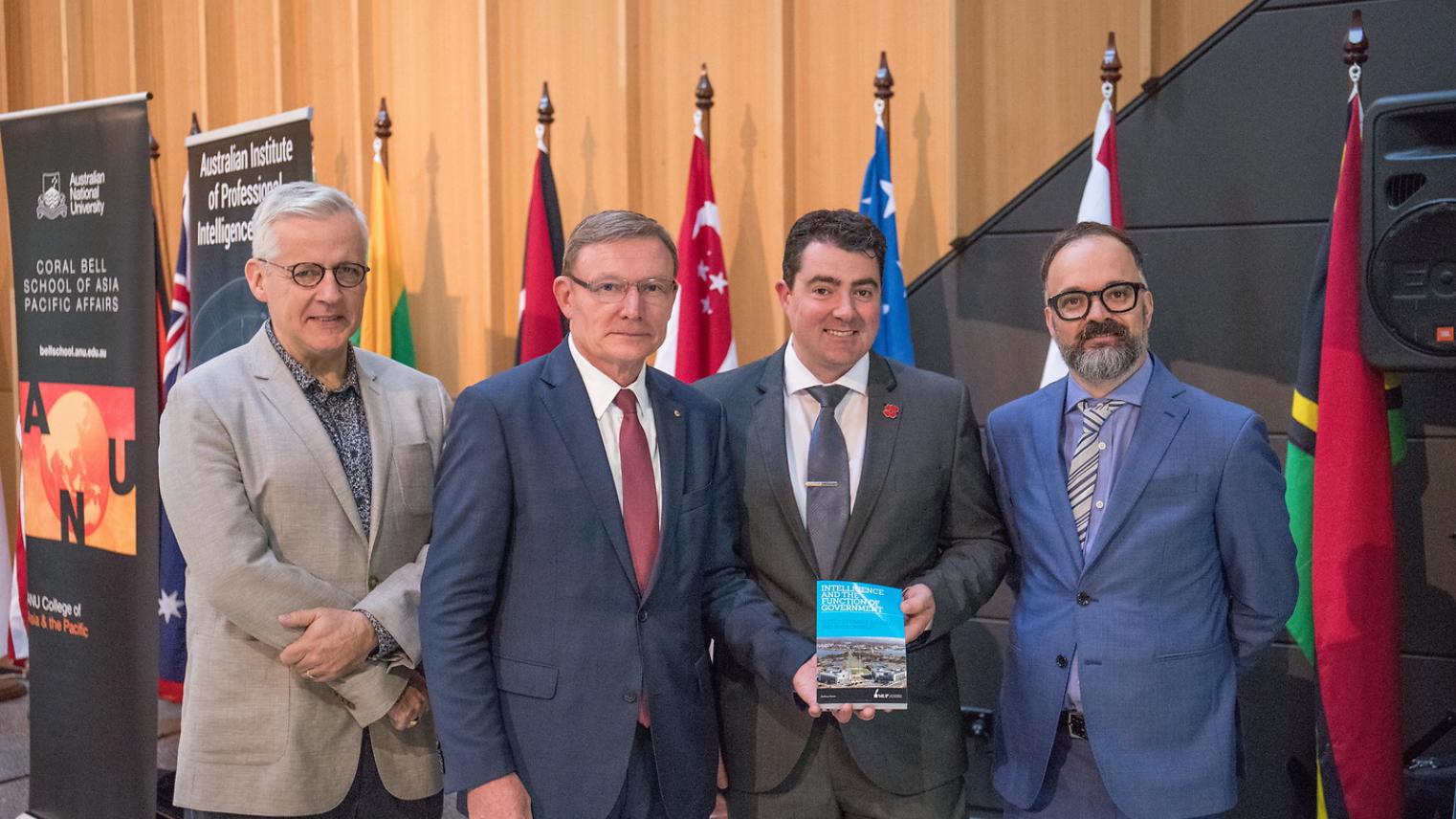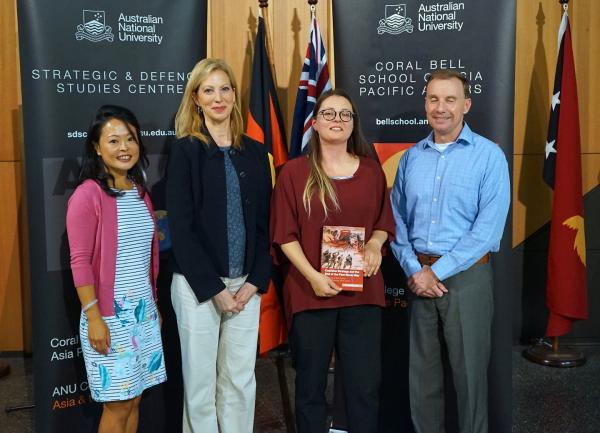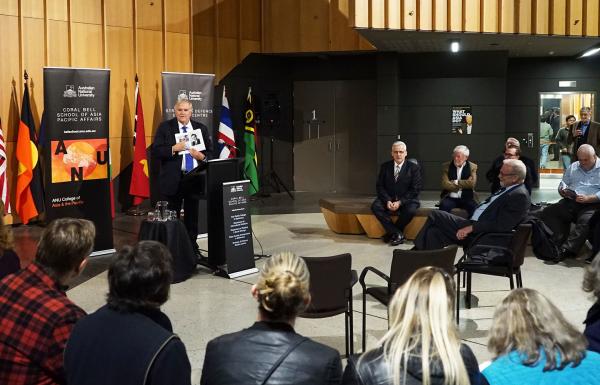The intelligence-policy nexus, and the coordination of our intelligence community to meet the gaps and answer the questions of government, is of fundamental importance for intelligence agencies. For the Secret Intelligence Service (ASIS), and its partners across the Australian Intelligence Community, this intersection can often be quite difficult to navigate. The 2017 Independent Review of the Intelligence Community has gone a significant way in terms of addressing this nexus.
As John Blaxland and Rhys Crawley have explained in their chapter ‘A history of the Australian Intelligence Community’: “Enacted together, these changes, which include the formation of an Office of National Intelligence (as well as the Home Affairs Ministry) marks the largest shift in the Community’s structure… since the dramatic expansion of Australia’s intelligence apparatus in World War II.”
Such change can often be contentious - indeed for some of Australia’s partners, similar evolutions towards greater coordination have not been popular. But it’s worth noting the changes here in Australia have been widely supported by the community itself - all of the agencies see the value and need for such mechanisms to break down the barriers and silos to ensure our capabilities are working in a cooperative and integrated way - bridging the intelligence/policy nexus to help Australia achieve its very important national objectives.


